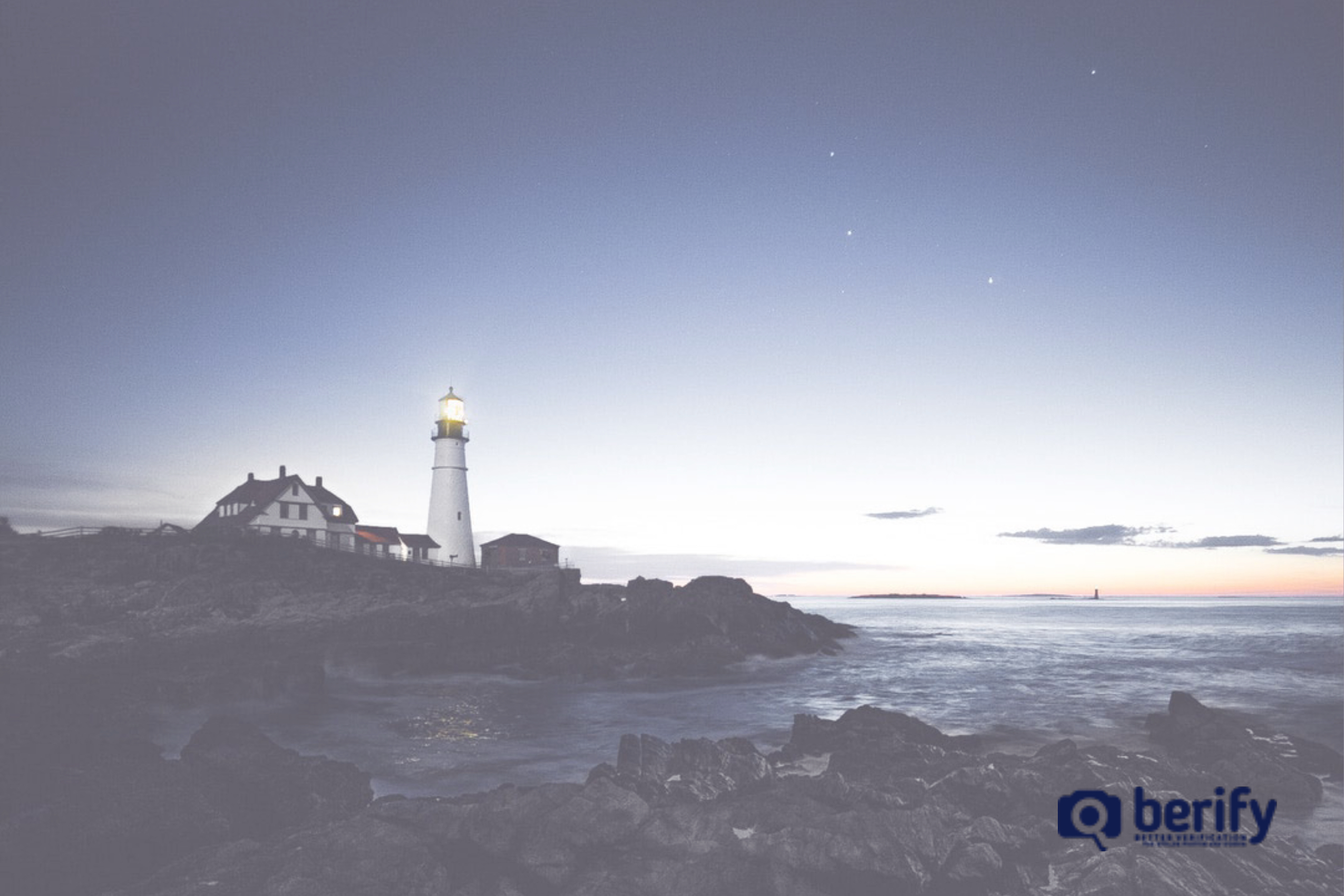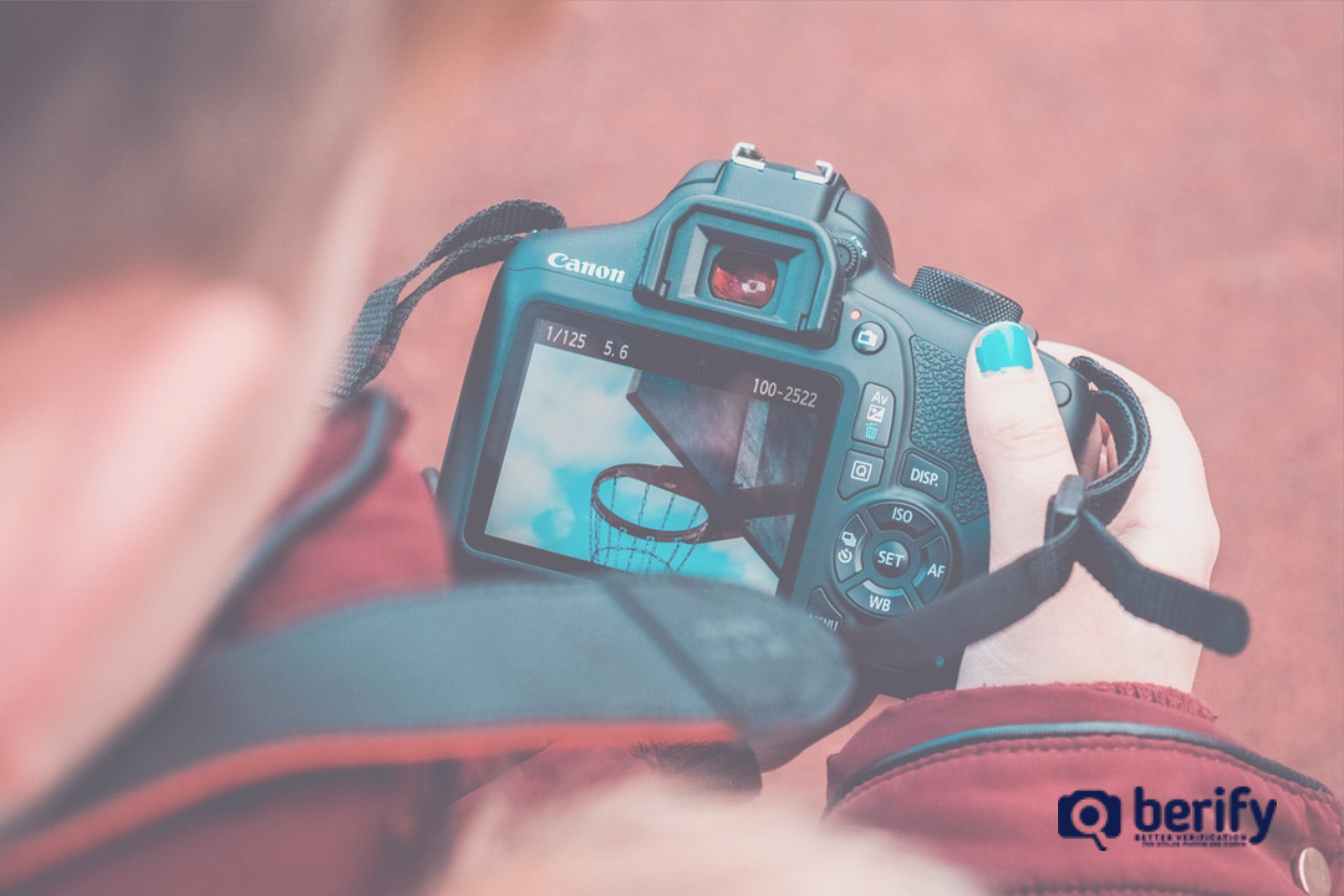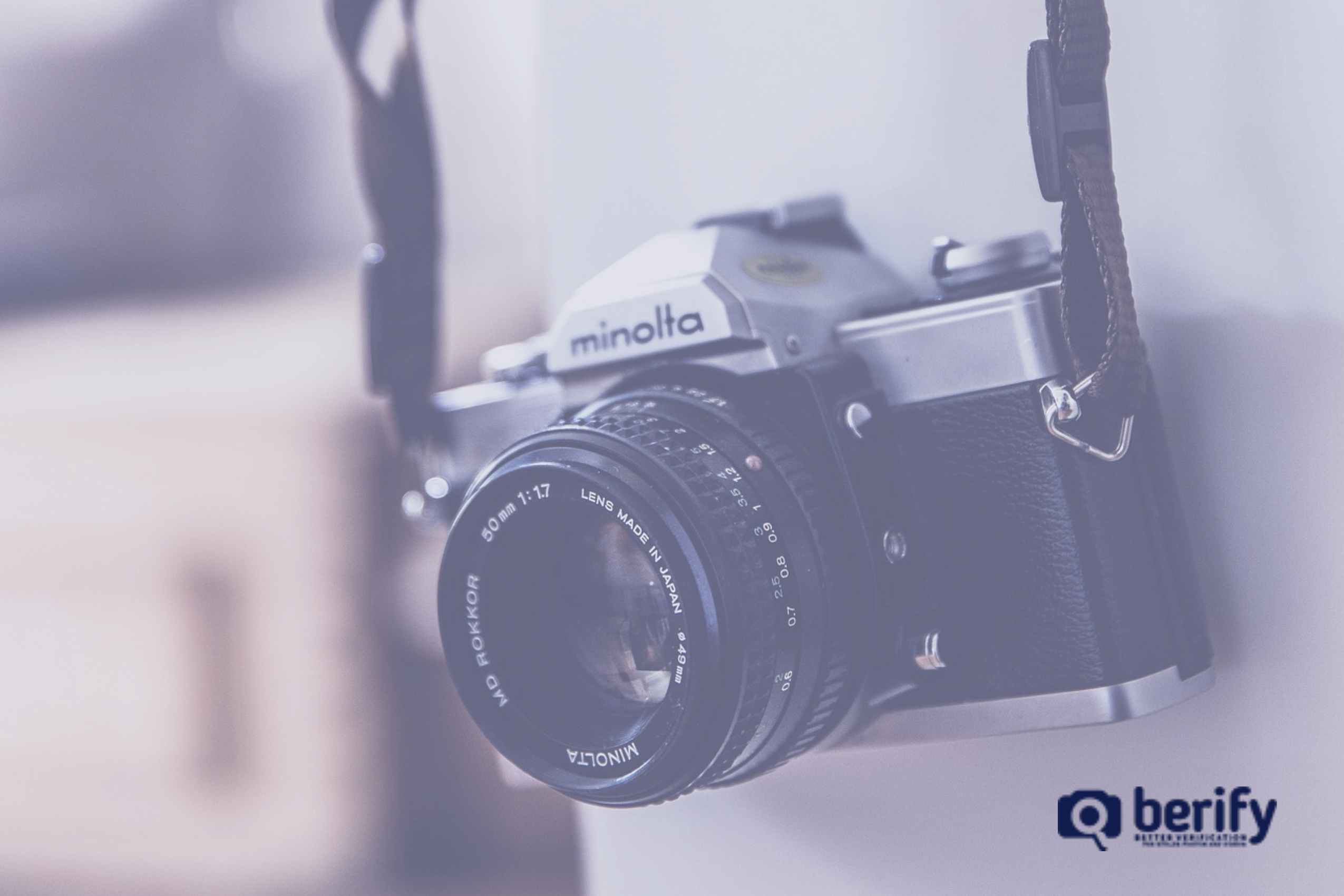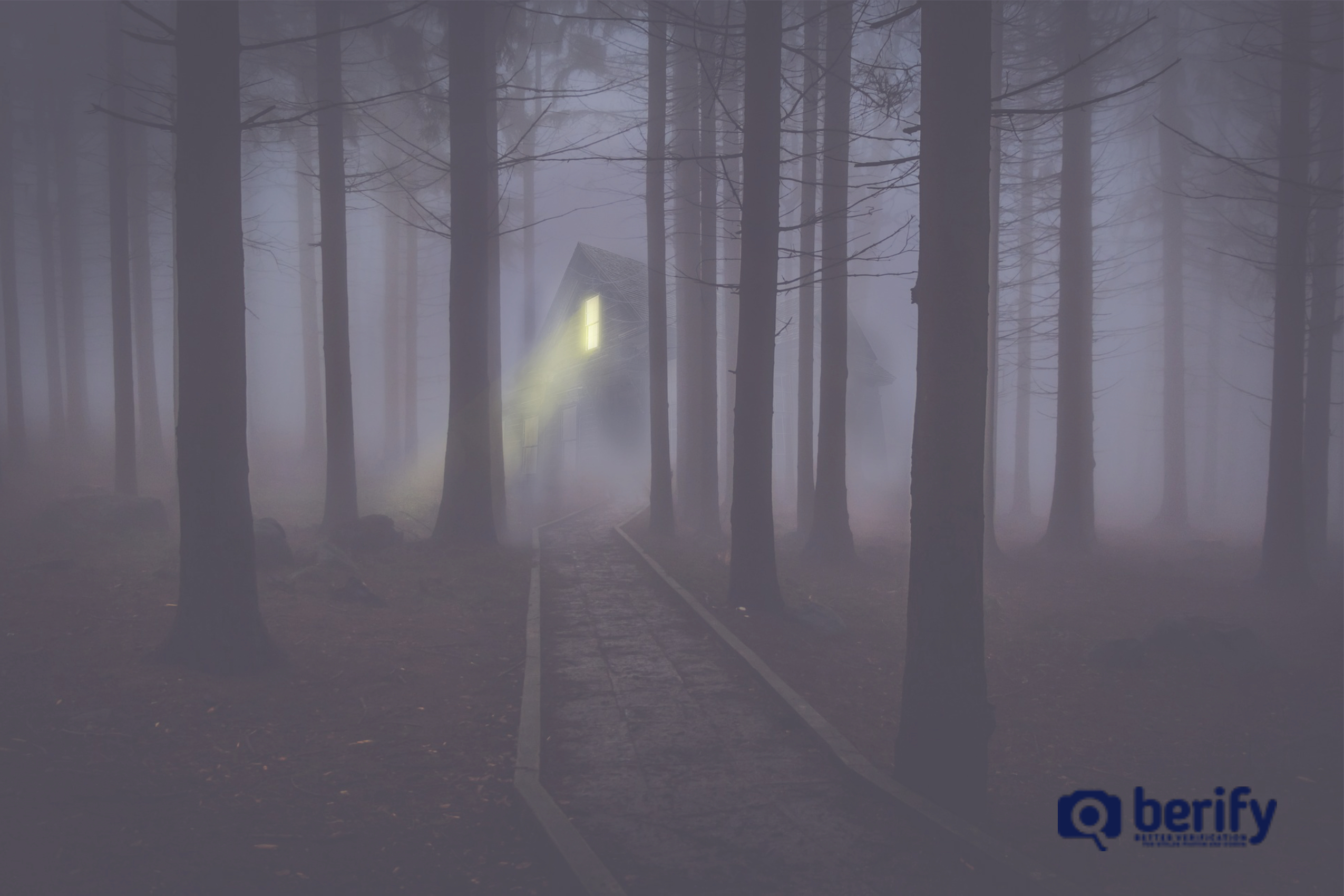7 Travel Photography Tips for Taking Better Travel Photos
Travel photography is a genre of photography that may involve the coverage of an area’s landscape, people, cultures, customs, and history. The Photographic Society of America defines a travel shot as an image that expresses the feeling of a time or place, portray a land and its people, or a culture in its natural state. It has no geographical limitations.
Travel photography is on the of most open types of photography regarding what it covers. Many travel photographers specialize in a particular aspect of photography such as landscapes, or documentary photography.
Travel has become more and more accessible of the recent years, and therefore, this genre is opening up to amateurs and professionals alike. Amateur travel photography is showing up more and more on sites like Flickr, 500px and 1x.
Unlike, fashion, product or food photography, travel photography is still underestimated and a less monetized genre even though the challenges faced by travel photographers are more challenging such as the light and other shooting conditions being less controllable and more at the hands of Mother Nature. More and more travel photographers are earning a living through blogging, public speaking, commercial projects and teaching since the stock photography avenue has virtually collapsed.
Travel photography is slowly climbing the ranks as a top photography skill to have as people rely heavily on social media outlets to showcase their life and travels. Below are seven common travel photography tips to help you start taking better travel photos.
7 Travel Photography Tips for Taking Better Travel Photos
Know Your Camera
You don’t need an expensive professional camera to take great travel photos. With Smartphone technology, our phones are making such great pictures that you can’t tell the difference! If you do have a great DSLR, Mirrorless, or Point and Shoot Camera, get to know all the capabilities. Nowadays, YouTube is an excellent resource for that kind of thing.
Wake Up Early, Stay Out Late
Light is the essential ingredient for great photography. There is nothing like the soft, warm morning light for creating amazing images. Waking up early also means fewer crowds for getting that perfect shot.
On the other side, sunsets are fantastic as well. The hour after sunrise and the hour before sunset are known as the “golden hours” because of the warm tones and eye-pleasing shadows that are created.
Pre-Trip Location Shooting
Research your destination. Scour the internet for tools such as Instagram and image search for travel photos. Become knowledgeable about the mages that will capture the essence of your target.
Find out what time has the best light? How challenging is it to reach certain vantage points? How is the tourist traffic? What will the weather be like? Preparing ahead will maximize your time and allow you to get some amazing travel photos.
Use a Travel Tripod
If you are not using a smartphone and going for the more professional aspect with an actual camera, use a travel tripod. They are lightweight, and a tripod allows you to set your camera position and keep it there.
You can also adjust exposure settings and focus points which allows you to spend time paying attention to what you want to create. Tripods also will enable you to shoot at much slower speeds without worrying about the camera shake.
A lightweight tripod makes a difference for low light photography, selfies, flowing water shots and the beautiful sunrise/sunset travel photos.
Make Photography a Priority
Do not sneak in your travel photos as you rush from one place to another. If you want to have the excellent shots, plan in your photography time into your travel schedule.
You must commit to spending time on your photography. If you are traveling with friends that aren’t into photography, break away and find the time you need for your fabulous shots.
The Human Element
People like to live vicariously through the human subjects in a photo. It adds more emotion to the image, and you can feel like you are in the location yourself. Pose the subject in a way that they become anonymous. Perhaps not showing the subject’s face which creates a mysterious illusion.
The human element also gives a better sense of scale. By photographing your subject in the distance, you can sense just how big those mountains are. The human factor also helps to tell a story. The image is more powerful when people are included.
Patience is Everything
Patience is a virtue. Photography is about what you see with your eyes as well as your heart and mind. This requires dedicated time and attention. Take your time and become aware of your surroundings before pressing the shutter.
Pay attention to the details. Should you wait until the cloud asses for a better shot? Make sure you have the patience not to miss out on the next best shot!
These are a few of many travel photography tips to make your shots much better. This is a skill set that will develop with time. Practice makes perfect.
If you share your photographs online, please feel free to contact Berify to ensure that your photos are not being used without your knowledge.








